 an ayahuasca-inspired wall-hanging?
an ayahuasca-inspired wall-hanging? The following recounts in detail what turned out to be an incredibly intense and emotional adventure that took place during a three day "spiritual retreat" near Cuzco, Peru. In deciphering my wildly scrawled notes from the retreat while recounting the experience, I’ve realized how bizarre the whole experience must sound to someone who hasn't been through it. All I ask is for readers to keep an open mind… at least until reaching the end, after which they’re free to call me all sorts of critical and creative names.
Enjoy!
~ Mandrew
Background
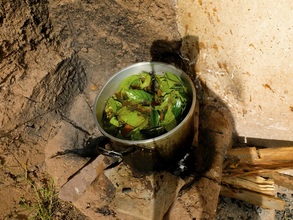 ayahuasca being prepared over the fire
ayahuasca being prepared over the fire Just like in many other indigenous groups throughout the world, shamans (a.k.a. medicine men, druids, or witchdoctors) are men of power, highly revered in society and often relied upon for their spiritual knowledge and healing abilities. Throughout the Amazon Basin, a skilled shaman is one who, with the help of ayahuasca, can successfully interpret and control the spirit world, and in doing so identify and remove the negative spirits that are the root cause of one's ails (and hopefully prevent other evils from entering while the portal is open).
In modern day, ayahuasca remains widespread in Ecuador, Peru, Colombia, and Brazil, not only as a rite of passage amongst indigenous cultures (our Shaman's first experience was at the tender age of seven), but also as a treatment for mental or emotional conditions, a means of better understanding one's self, and, of course, a hippy-dippy trip for curious backpackers. Some families gather every year for an ayahuasca ceremony as a means of maintaining a healthy, mind, body, and spirit. There's even a religion in Brazil in which members drink ayahuasca tea at weekly gatherings. Many people who have taken ayahuasca claim that it opens up a connection with the energy of the universe, allowing them to overcome difficult crises or discover their true purpose in life. I agree - it all sounds pretty nuts!
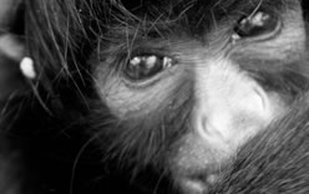
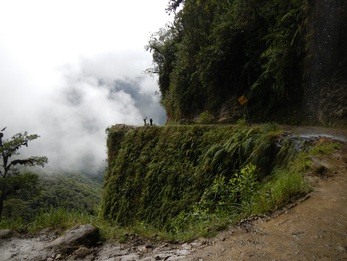
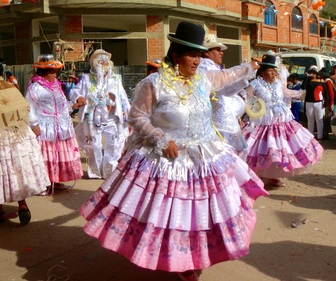
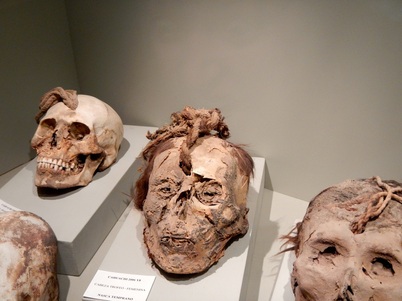
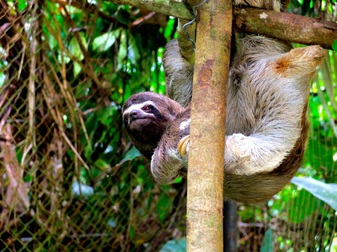
 RSS Feed
RSS Feed